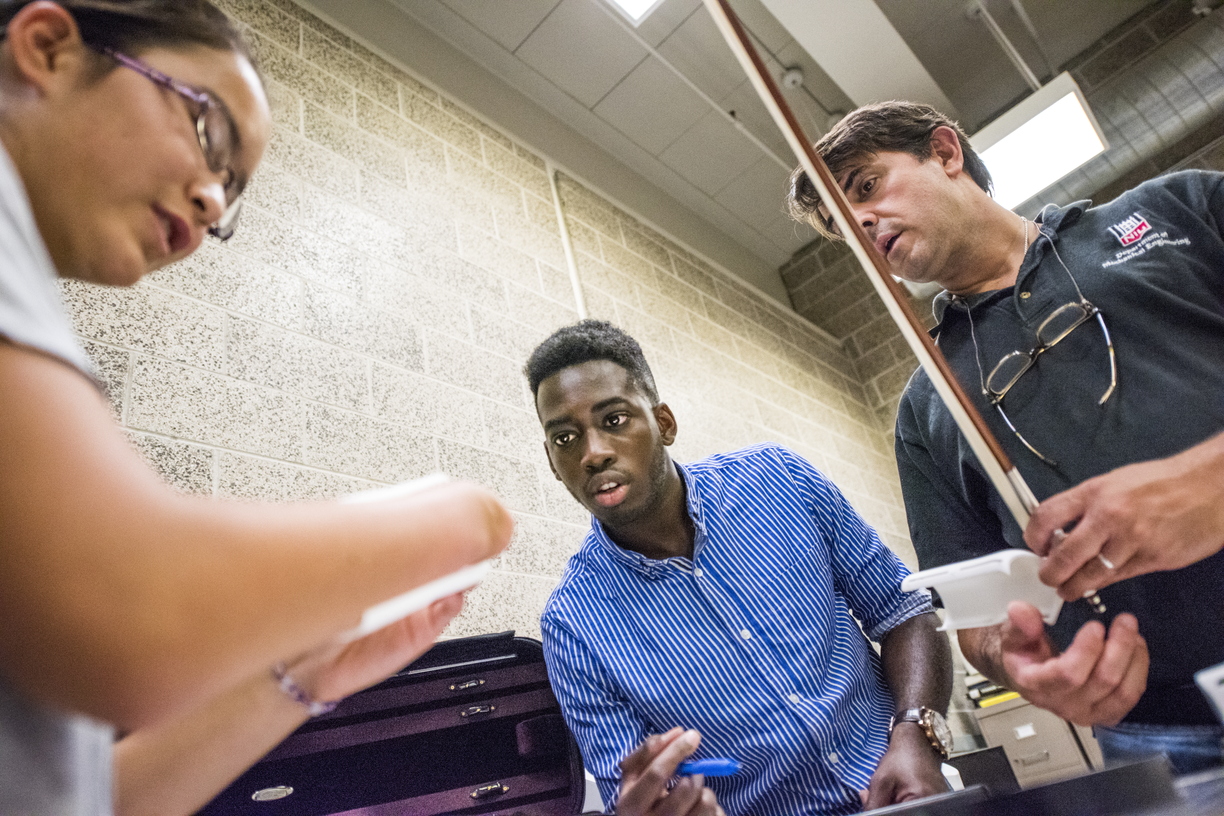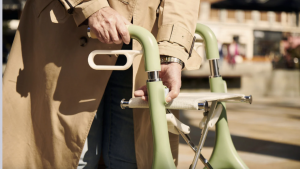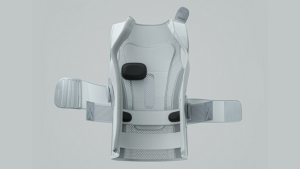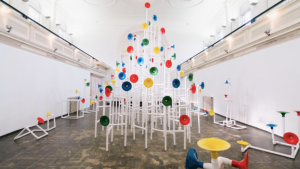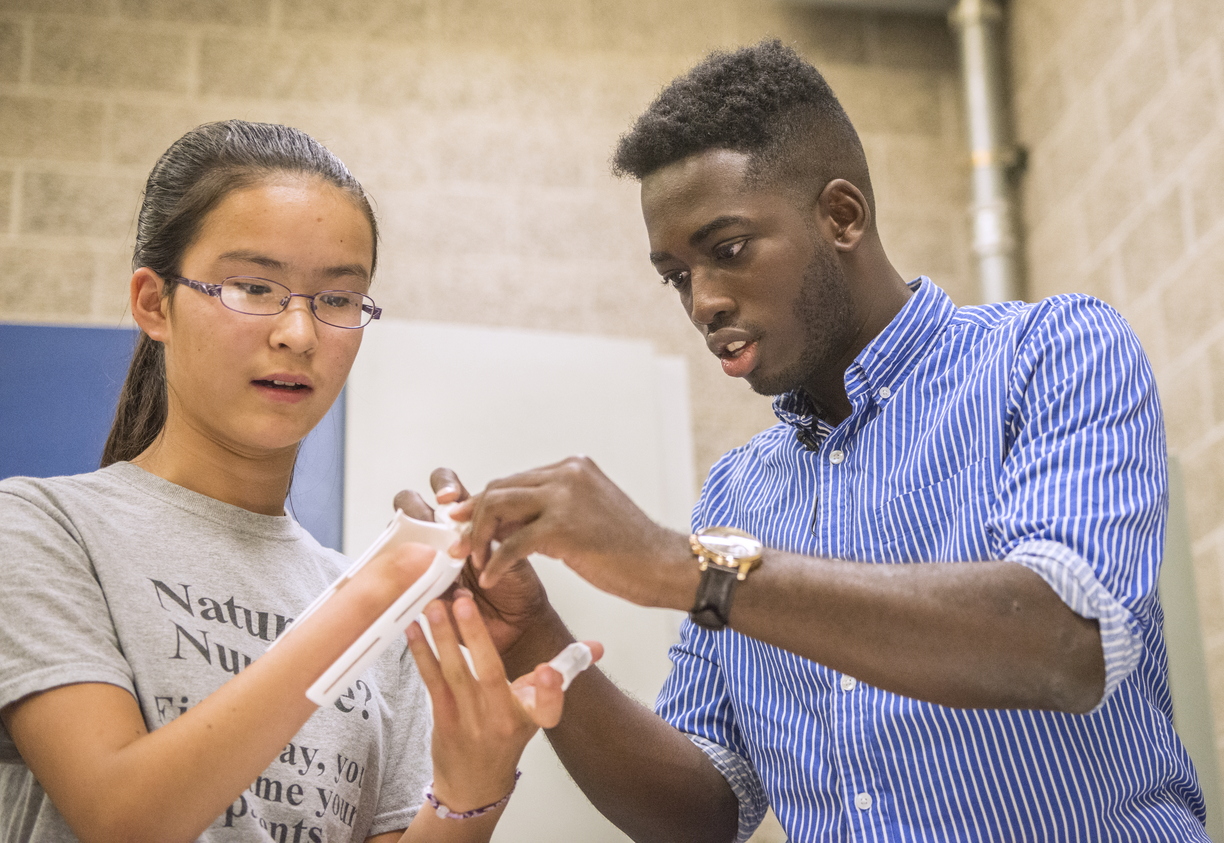
14-year-old DeKalb, Illinois resident Sarah Valentiner was born without a right hand. Still, the middle school student harboured dreams of learning to play the violin. After her parent discovered e-Nable – a global network of designers who freely share 3D plans for prosthetics – they were put in touch with Northern Illinois University engineering student Oluseun Taiwo who was all too keen to assist in the development of a solution for their daughter.
Valentiner, who is in eighth grade at Huntley Middle School, had been playing the violin for about two years with a prosthetic hand provided by the local Shriners Club. While it worked, it came with its own set of limitations. Though the prosthesis allowed her to hold the bow, it didn’t allow her the range of mobility necessary to advance her skills. Taiwo – with guidance from his professor Fredrico Sciammarella – used a 3D printer to replace Valentiner’s prosthetic with one that addressed her specific needs.
After a painstaking process of gauging measurements that took into account fit, angles, articulation and other details, he observed and collaborated with Valentiner until the prosthetic design was refined. In its final form, it weighs about half as much as the original and also fits much better on the teenager’s slender wrist. But for Taiwo, the real accomplishment was in the prosthetic’s unique method of fastening to the hand.
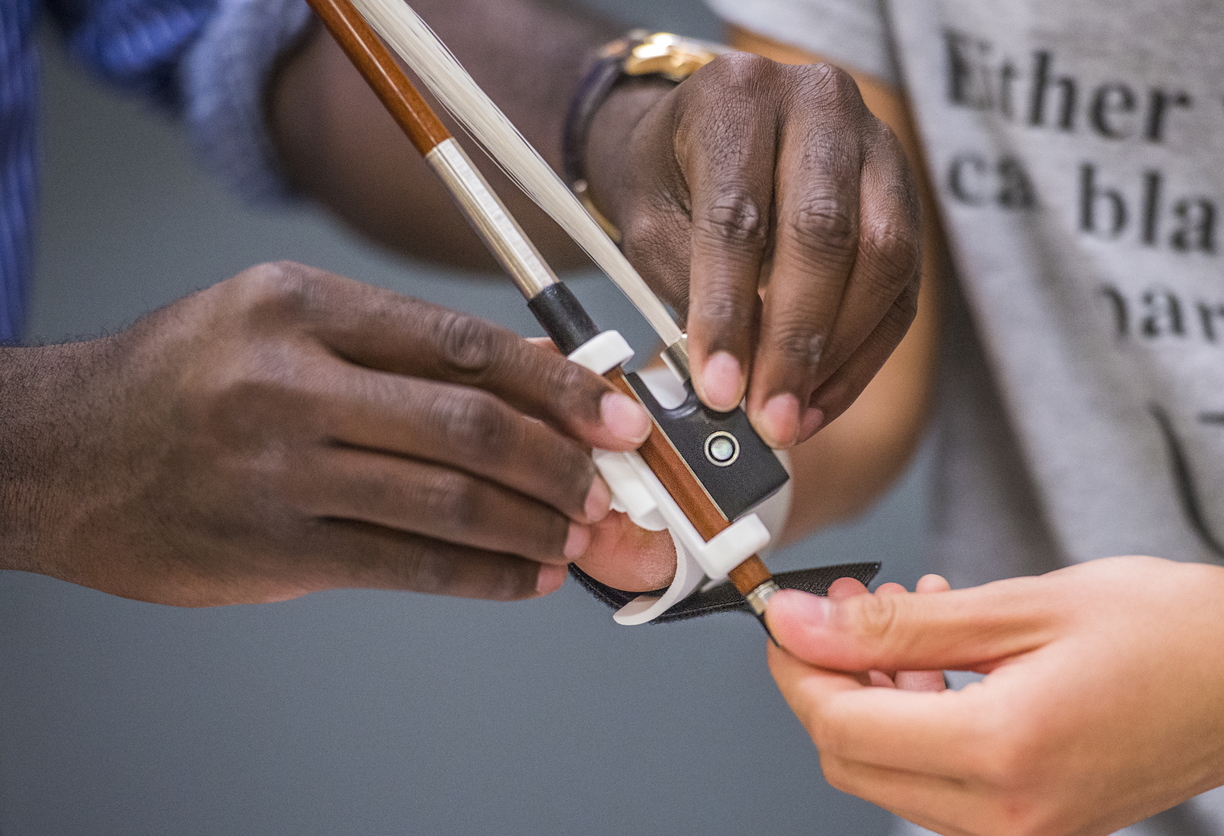
Originally, it required Valentiner to disassemble the bow and re-insert it into the prosthetic each time she played – no easy task with just one hand. Taiwo had an idea to separate the bow holder from the hand so that it can be semi-permanently attached to the bow and easily snapped into the prosthetic whenever Valentiner wants to play. He plans to share the adaptation with the e-NABLE network in hopes that it can help others.
“It’s one thing to make something that looks aesthetically beautiful, but it’s another for it to fit somebody,” Taiwo told ChicagoInno. “It can look good, but it needs to fit exactly to their preferences and how they play…I wasn’t just designing a product; I was designing a personalised product for somebody. You have to start thinking differently and listen to the customer; how they play and what their needs are.”
